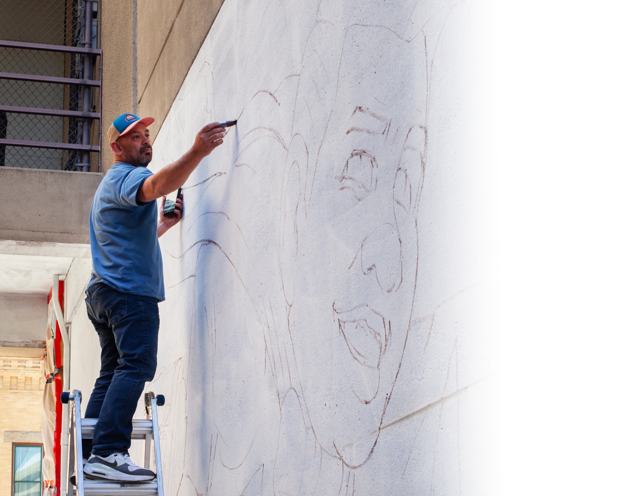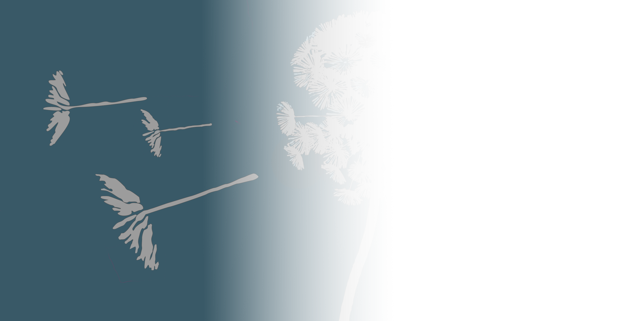Process & Funding

Public art can help visually define the character of a city, creating spaces that reflect community values, spark conversation, and inspire creativity. This page offers an inside look at how public art projects are developed, funded and selected — from the initial concept to final installation and beyond. Learn how public art projects are funded through the Percent for Public Art Ordinance, which taps into three key funding categories, each contributing to a diverse and dynamic arts landscape.
How Does Public Art Work?
The City of Boise's public art program facilitates the creation of art in public space, funded by public money, following a public process. Although this process varies from project to project, our goal is to always emphasize the public in public art. Generally, project phases include:
Public Art Process
The early phases of the public art process, including project identification, development and selection process are essential, laying the groundwork for project success. These initial steps not only foster community engagement but also lay a robust foundation for the other project phases. In this phase, residents serve on independent selection panels where they might develop artwork goals, offer feedback on artists' proposals, and select artists. Their participation has a direct impact on the growth and development of the city's art collection and visual identity.
Project Management
Each public art project varies in size and scope, often guided by statute, and presents unique approval processes, fabrication needs, and installation requirements. This phase of the project is also heavily guided by the initial public art process (project identification, development, and selection process).
Commitment to the Collection
As projects transition from completion into ongoing maintenance, it's crucial to review each work's lifecycle. Key factors include materials, function, environment, vandalism, potential changes in the urban landscape, and continued relevance in the collection.
Project Funding
In 2001, the Boise City Council passed an ordinance directing that 1.2% of all capital project funds be set aside for the integration of public art into city facilities. Through the Percent for Art Program, a concept popularized in cities across the U.S., professionally produced murals, performances, sculptures, mosaics, installations, and more are systematically integrated into the Boise Airport, Boise WaterShed, Foothills Learning Center, Boise Public Library locations, fire stations, parks and even into streetscapes throughout all areas of the city. Percent for Public Art Ordinance
Three specific city funds contribute specific qualities as part of this ordinance:
Public Works Fund
Boise Public Works provides services such as garbage and recycling pick-up, maintenance of sewers, water renewal, and maintenance of the geothermal system. The Public Works 1.2% for Public Art funds are then used for projects that emphasize the City's Public Works infrastructure as well as climate and sustainability goals.
Airport Fund
The Boise Airport Enterprise Fund focuses on funding public art projects specifically located on the Boise Airport campus. One and a half percent of eligible city capital improvement projects at the Boise Airport feed this fund which facilitates exciting public art opportunities that aim to establish a visual identity at the Boise Airport. These projects follow the same public process as others in the city, including the use of community-based selection panels.
Approved by City Council in 2023, the Boise Airport Arts Master Plan explains in detail how the public art process operates at the Airport, identifies future art opportunities, and highlights this collaborative effort between the Boise Airport and the Department of Arts & History.
Airport Arts Master Plan Executive Summary
General Fund
Eligible general-funded capital improvement projects are allocated to general fund public art projects. These typically include partnership with other general-funded city departments, organizations like Capital City Development Corporation or private developers, and community groups and associations.
In addition to the sizable Percent For Art portfolio, the Public Art Project Team manages public art projects on behalf of Capital City Development Corporation (CCDC), public, private, and community organizations for original public art.

Open Calls & Opportunities
The Public Art team releases artist calls and opportunities year-round. From opportunities like the Traffic Box Program for emerging artists, to large-scale artwork installations for experienced public artists, there are a variety of ways to get involved in shaping Boise's public art landscape. We post regional and national opportunities in addition to the local calls.
Calls and Opportunities









